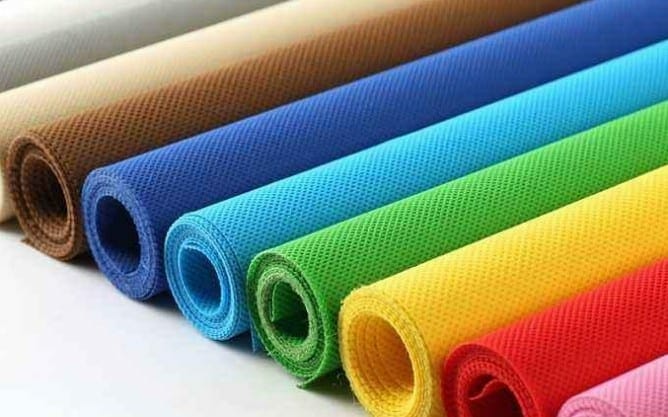From a micro point of view, non-woven fabrics are more like “paper” than “cloth”.
Cloth in the general sense is a soft sheet obtained by spinning natural or synthetic fibers into yarns and interweaving them according to a certain rule. The production process is usually referred to as spinning. Such cloth is also called “textile fabric”.
In non-woven fabrics, the fibers are not spun into yarns, but are joined together irregularly, just like paper made from plant fibers.
In the production process of non-woven fabrics, fibers of a certain length are first arranged randomly or regularly, and then the fibers are entangled with each other through mechanical action, or the fibers are connected and reinforced by physical or chemical means, so as to obtain a certain strength Fabric. For example, a kind of non-woven fabric commonly used in the production of medical masks-melt spray cloth, the production process is to first melt the plastic particles and make them pass through a narrow opening under pressure. At this time, high-speed hot air also blows through the opening, stretching the plastic into long fibers, just like the drawing process of cotton candy. After these fibers are blown out, they are gradually cooled, and finally randomly deposited on the constantly rotating substrate, entangled with each other to form a cloth with a certain strength. Obviously, we cannot find patterns formed by weaving yarns in non-woven fabrics, nor can we draw out the threads like fabrics.
Compared with fabrics, non-woven fabrics have the advantage that because the production process eliminates the two steps of spinning and weaving, and directly superimposes the fibers into cloth, the production speed is faster, the cost is lower, and the properties are more flexible and changeable. When used in masks, since the fibers are directly connected to the non-woven fabric, a finer and denser mesh than the fabric can be obtained, thereby improving the efficiency of filtration. Therefore, the filtering performance of medical masks on fine particles is much stronger than that of cotton masks. However, non-woven fabrics are generally not as durable as fabrics, and generally cannot be cleaned like fabrics.
Therefore, non-woven fabrics are less used in conventional clothing processing, but are more suitable for those occasions with lower service life requirements, especially disposable products, such as surgical gowns, disposable shoe covers, disposable diapers and Sanitary napkins, shopping bags, wet wipes, etc. For medical masks that are in high demand, have high requirements for filtration, and are discarded when they are used up, the choice of non-woven fabric is obviously very suitable.


